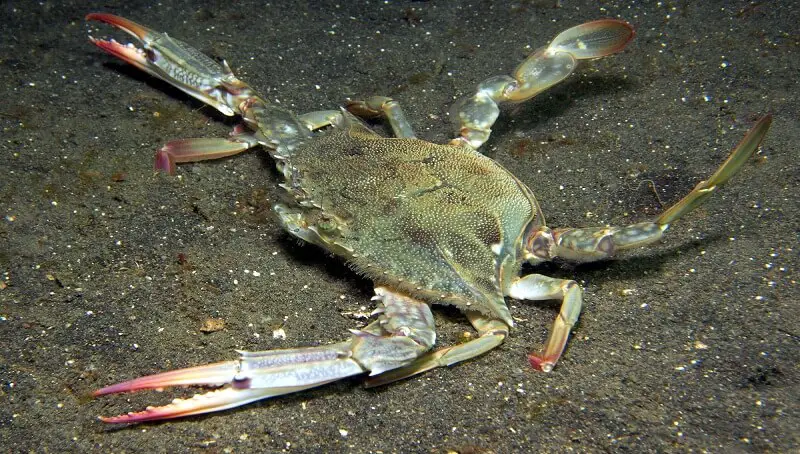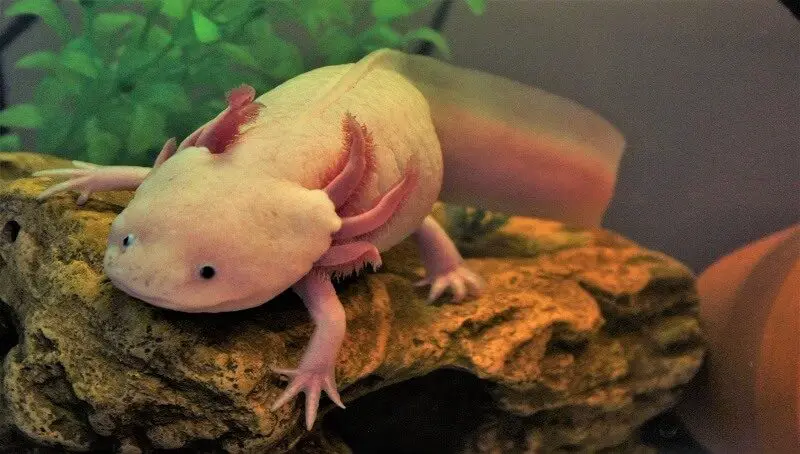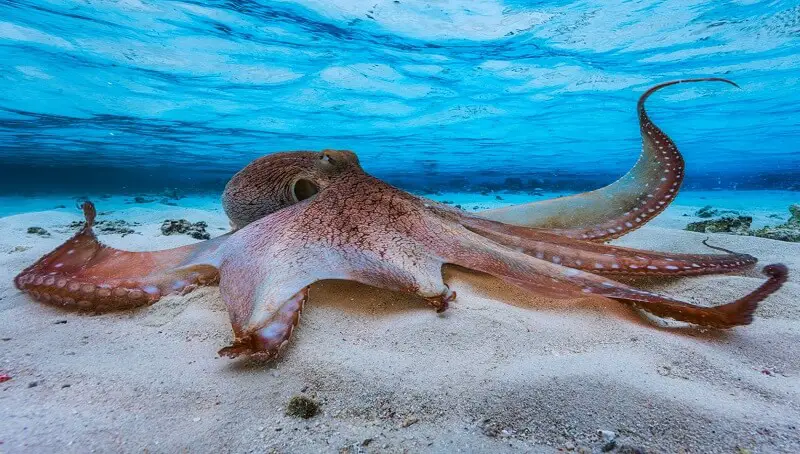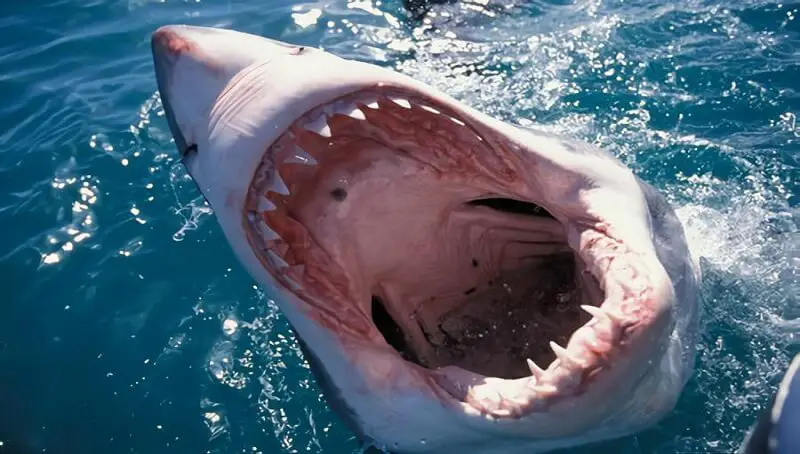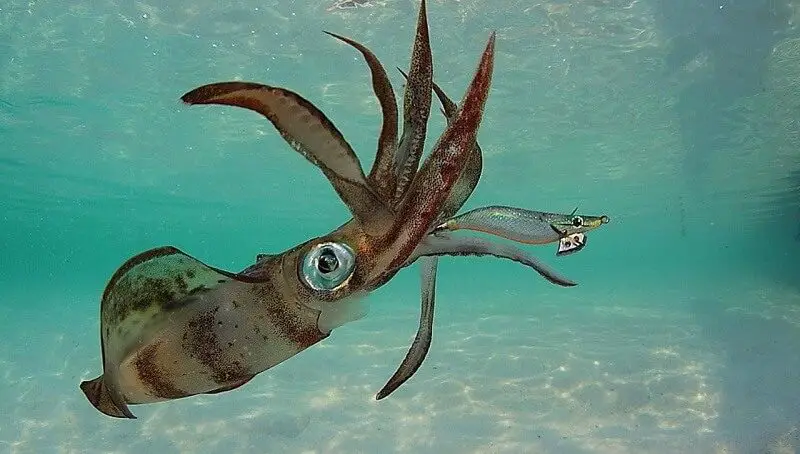Shellfish are some of the most important marine animals. People rely heavily on crustaceans for food, but they are also an important source of food for marine life in the ocean food chain.
More diverse than any group of arthropods, shellfish are the second or third most abundant life category of all animals, after insects and vertebrates. They live in the inland and ocean waters from the Arctic to the Antarctic, from the Himalayas heights to the well below sea level.
Shellfish include commonly known marine lives such as crabs, lobsters, and shrimps. According to the Museum of Natural History in Los Angeles County, there are more than 52.000 shellfish species. The largest crustacean is the Japanese Spider, measuring more than 12 meters long and the smallest are microscopic.
The crab, with the scientific name: Brachyura, is a primarily aquatic crustacean that is characterized by the presence of a robust shell and two claws placed on the front legs. They are intelligent and capable of living in both salty and freshwater. So far, 43 crab superfamilies are known.
The Crab: Characteristics
Originating from China, it has a fairly robust appearance because of the shell, perfectly integrated with the rest of the body.
The crab has a solid shell that protects and contains all the organs, including the mouth and the eyes.
The two front claws are used to feed and defend.
The rest of the legs are for swimming and walking, including for side walking. They can travel several kilometers in one day.
It is able to live in both fresh and salted waters and has a fairly variable size and color, varying from violet to white.
Can crabs swim?
Some species move by swimming, but there are also species that are crawling. The shrimps, which are part of the swimming shellfish, have a light shell and elongated legs. Shellfish that move through crawling generally have a thicker shell and shorter legs than the swimming shellfish.
Walking or crawling is the usual mode of locomotion, and the familiar course known in the common shore crab is characteristic for most members of the group. The Portunidae family crabs as well as others swim with great dexterity through the flat legs shaped like palettes.
Can crabs breathe underwater?
Crustaceans breathe oxygen, as do almost all other creatures on earth. Because they are aquatic creatures, they use the same breathing system as fish and breathe oxygen through gills. Gills, a respiratory organ of shellfish, is very similar to lungs in the way it works. Small oxygen molecules are drawn into the bloodstream as they pass through the surface of the gills or lungs. The major difference is that gills inhale oxygen from water and not from the air.
The gills of a crustacean can be found either in the thoracic cavity or in the Appendix. If they are attached, they may be visible. It will look like feathered areas at the end of the legs or at the junction between the legs and the body shells. The feavery effect is due to the structure of the gills, which need as much surface as possible to obtain the greatest oxygen from the water flowing over them.
Can hermit crabs swim?
No, hermit crabs cannot swim. Regardless of whether they are a terrestrial or marine species, hermit crabs are usually found near the shore due to the heavy amount of food and hiding places. The crabs of the land use sea-water ponds to wet the interior of their shells and gills.
Are blue crabs capable of swimming?
Like any other decapods, the blue crabs have 10 feet. However, the back legs are palette-shaped, which makes blue crabs great swimmers. Blue crabs have blue legs and claws, and olive to gray-blue bodies.
During their larval stages, they live offshore in high salinity water and move to swamps, marina grass riverbed,s and estuaries as they mature.
Do crabs swim upside down?
Yes, there is a species of crabs known as the horseshoe crabs that have the ability to swim upside down. Although horseshoe crabs can swim on their back, propelled by gills, they usually plow through the mud, arching their body and then pushing with the telson and last pair of feet.
Why do crabs swim?
Crabs must cope with the threats from the air, on land, and at sea. Birds will eat them, fish will eat them, even the people will eat them.
Also find out if cows can swim.
Some hide in the rock basins. Others withdraw into the water as the wave drops. These behaviors prevent them from drying out and being eaten.
Unfortunately, freshwater crabs are threatened by human activities more than most animal groups and many species are in danger of extinction.
Do crabs swim in their larval stage?
As in most crustaceans, almost all of the crab babies, when they are in the zoealarvae stage (recently hatched from their eggs), are very different from their parents. The larval stage, known as zoea, is a minute-free transparent body with a round-off body that swims and nourishes in plankton.
After having shed its skin several times, the enlarged crab passes into a stage known as megalopa, where the body and limbs are more similar, but the abdomen is large and is not folded under the chest. After another move, the animal takes a shape very similar to that of the adult. There are a few crabs, especially those living in freshwater, who do not go through a series of free life larval stages but leave the eggshell as miniature adults.
How can crabs breathe without any water?
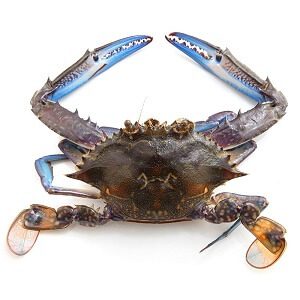 Most crustaceans are completely aquatic, such as shrimp and many kinds of crabs, and they breathe underwater.
Most crustaceans are completely aquatic, such as shrimp and many kinds of crabs, and they breathe underwater.
Some are amphibians such as crabs found on the shores of the sea or semi-amphibians, as is the case with crabs that only return to water to reproduce. They are adapted to breathing both in and out of water.
Many live their entire life on land, away from seas or lakes. Woodlouse is an ordinary crustacean of land. Air-breathing crustaceans have adapted to live outside the water, changing the way they use their gills. They produce a liquid, which is pushed over their gills. The oxygen that supplies their breathing systems is extracted from this excreted fluid.
Eating habits
The crabs are omnivorous.
They feed mainly on algae and mollusks, worms, other crustaceans, fungi, bacteria, other crab species, etc.
For crabs a mixed diet of plants and animal meat represents the fastest way of growing and developing. Crabs are recognized for the effort they make for their family. It’s because of the concern for its nest and feeding the babies throughout the entire season of mating and beyond. These species prefer the continent; they only return to the water for the mating period.
Some also have night-time habits and change their shells twice a year. Another period of the year when the old shell is abandoned is the pairing phase. The female changes it after the male to favor fertilization.
Crab behavior
The crabs move sideways. This is due to the leg joints that force the crab to walk obliquely.
However, some crabs go forward or backward and some species may swim. Crabs are the most active animals with complex behavior.
They can communicate by tapping like drums or waving their claws. Crabs are aggressive to each other and often struggle for domination, territory, or female.
In 2005 Norwegian researchers concluded that these animals do not feel pain. It was later discovered that these crustaceans actually were able to perceive the pain.
